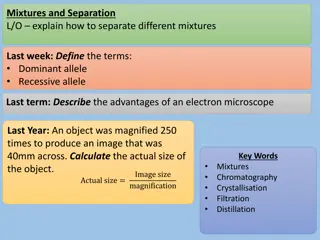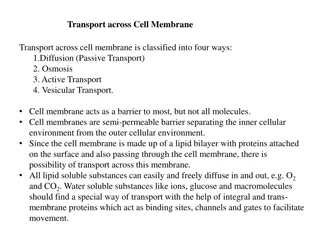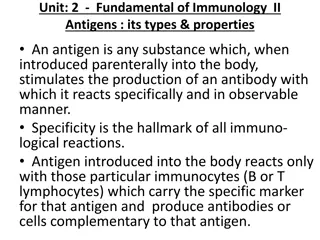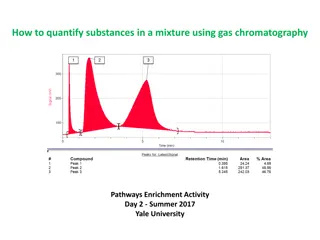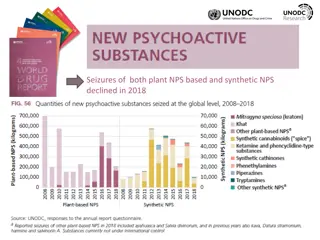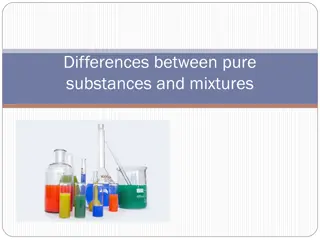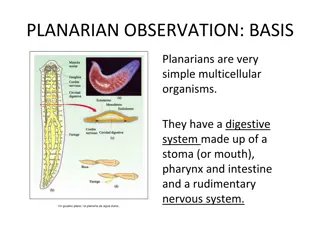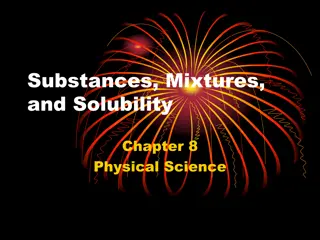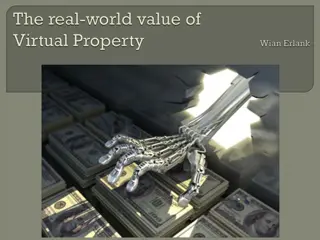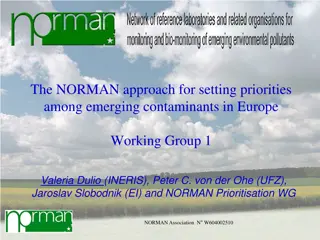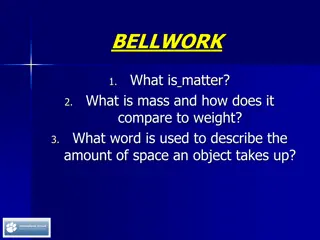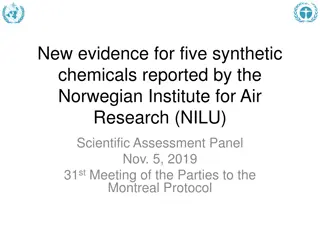Possible Worlds and Substances by Vladislav Terekhovich
Delve into the captivating analysis of possible worlds and substances as discussed by Vladislav Terekhovich, with a thoughtful commentary by Vasil Penchev. Explore intricate philosophical concepts and thought-provoking perspectives that challenge traditional notions of reality and existence.
Uploaded on Feb 18, 2025 | 1 Views
Download Presentation

Please find below an Image/Link to download the presentation.
The content on the website is provided AS IS for your information and personal use only. It may not be sold, licensed, or shared on other websites without obtaining consent from the author.If you encounter any issues during the download, it is possible that the publisher has removed the file from their server.
You are allowed to download the files provided on this website for personal or commercial use, subject to the condition that they are used lawfully. All files are the property of their respective owners.
The content on the website is provided AS IS for your information and personal use only. It may not be sold, licensed, or shared on other websites without obtaining consent from the author.
E N D
Presentation Transcript
"Possible Worlds and Substances by Vladislav Terekhovich A comment by Vasil Penchev
I agree with the thesis The categories of possible both worlds and substances should be inified The base of that unification can be the concept of possible histories (by the way utilized already in quantum mechanics in order to interpret it as consistent histories ) Futhermore, one can attempt to describe the set of possible histories metaphysically as a general history of how possible substances as initial elements become gradually, stage by stage different possible worlds clearly distinguishable from each other and therefore disjunctive to each other as different realities
The intention of my comment To mention a few ideas as philosophical and metaphysical as properly scientific sharing Familien hnlichkeit (family resemblance) to each other as well as to Terekhovich s conception at issue Namely: The unification of the Gibbs thermodynamics of the states of a whole (system) and the Botltzmann thermodynamics of the elements of the same system The main objectivity of quantum mechanics to describe uniformly discrete motions (such as quantum leaps) and smooth motions (such as motions according classical mechanics)
The main objectivity of quantum mechanics and its interpretations The main objectivity of quantum mechanics is realized by a mathematica formalism based on the separable complex Hilbert space That mathematical structure (as any other one) admits a variety of more or less isomorphic metaphysical interpretations as to quantum mechanics such as the Copenhagen , probabilistic (Max Born), many worlds , consistent histories , quantum information ones, etc. All those attempt to resolve the fundamental metaphysical problem of how possibility as a universal substance of the world before measurement transforms into the statiscal ensemble of many possible realities (or possible worlds ) after measurement though offering different solutions
Still more members of the same family (though more distant relatives ) Quantum information theory and the definition of information by identifying possible world and possible substance The foundation of mathematics as consistent orderings The meta-matahematical interpretation of infinity as a second dimension of finiteness: a second finiteness separated from the first one by a discrete gap (such as that between two possible worlds ) Possible worlds semantics and Kripke semantics The idea of abstract (or philosophical , or metaphysical ) thermodynamics as quantitative mereology Counterfactual, alternative, many pathways , and mathematical history as well as the corresponding theories of time
A genetic affinity featuring all family All members are either properly mathematical or tend to mathematics too strongly One can use the metaphor of mathematical field attracting all enumerated theopries, hypotheses, or conceptions and allowing of them to be formalized and mathematized essentially That metaphor of mathematical field admits furthermore a metaphysical realization as certain forms of neo-Phytagorenism identifying mathematics and reality rather than mathematical neo- Platonism meaning a separate mathematical reality For example then, quality tends to quantity, possibility to probability, and possible quality to probable quantity, and possible world to possibility as substance
About both difficulties in the conclusion of Terekhovich s paper : (1) a problem of generality, that we use the same word possible to refer very different notion: world, object, state and history (2) a problem of psychologism, that we try to transfer the properties of our conceivable private possibilities to all possibilities in general Phytagoreanism inspired by quantum mechanics resolved both problems as follows: (1) Possible is identified as probable : then possible world, object, state, and history are different interpretations of a universal substance of probability such as probability distribution, or wave function, or quantum information, or etc.
About (2), the problem of psychologism from the viewpoint of that quantum Pythgoreanism Our conceivable private possibilities are interpreted as subjective probabilities , and all possibilities in general as objective probabilities Then, subjective probabilities and objective probabilities should be identified as a single universal probability underling the being and appearing whether as subjective one or as objective one The same statements can be thought as interpretations as metaphysical generalization of similar experimentally confirmed theorems in quantum mechanics: Theorems about the absence of hidden variables in quantum mechanics (Neumann 1932; Kochen, Specker 1968) Free will theorems (Conway, Specker 2006; 2009)
About Neumann 1932; Kochen, Specker 1968 The mathematical formalism of quantum mechanics inplies the identification of the coherent state before measurement and the statistical ensembles of results after measurement Therefore it excludes any hidden variable as far as it would distinguish the former from the latter The state before measurement should be associated with subjective probability and our expectation about what will happen The set of results after measurement should be associated with objective probability and what has really happen independently of our expectations Then the cited theorems imply the identification of subjective & objective probability
About Conway, Kochen 2006; 2009 That implicit corollary from the former theorems is explicated strictly and mathematically in the latter theorems meant here Simon Kochen might be considered as the live link between the no-hidden-variables and free-will theorems Conway and Kochen state literally the following: If the experimenter has free will and a few statements of quantum mechanics and special relativity are true, the observed quantum entity (they say an electron ) has necessarily free will, too In fact, the experimer free will exemplifies subjective probability , and electron free will objective probability : both are identified
Experimenter Electron: If... Eureka! I should have free will!!! ...then Continuum of free will The sense of the free will theorems: If the experimenter may choose, then the electron may choose, too If... ...then ... and in comparison to the classical opposition: OK, but if I have not, you have not, too! I have free will, but you have not!
I find the idea quite intolerable that an electron exposed to radiation should choose of its own free will, not only its moment to jump off, but also its direction. In that case, I would rather be a cobbler, or even an employee in a gaming-house, than a physicist. Albert Einstein1 1 Einstein, A., M. Born (1969) Albert Einstein Max Born Brief- wechsel 1916 1955 (kommentiert von Max Born). M nchen: Nymphenburger, p. 118 (Brief 48/29.04.1924): cited according to the English translation: The Born Einstein Letters (transl. I. Born). London, etc.: Macmilan, 1971, p. 82.
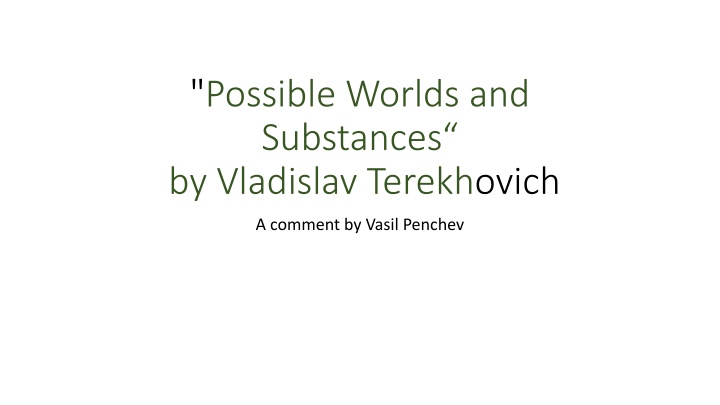

![❤[READ]❤ Cosmic Biology: How Life Could Evolve on Other Worlds (Springer Praxis](/thumb/21556/read-cosmic-biology-how-life-could-evolve-on-other-worlds-springer-praxis.jpg)

